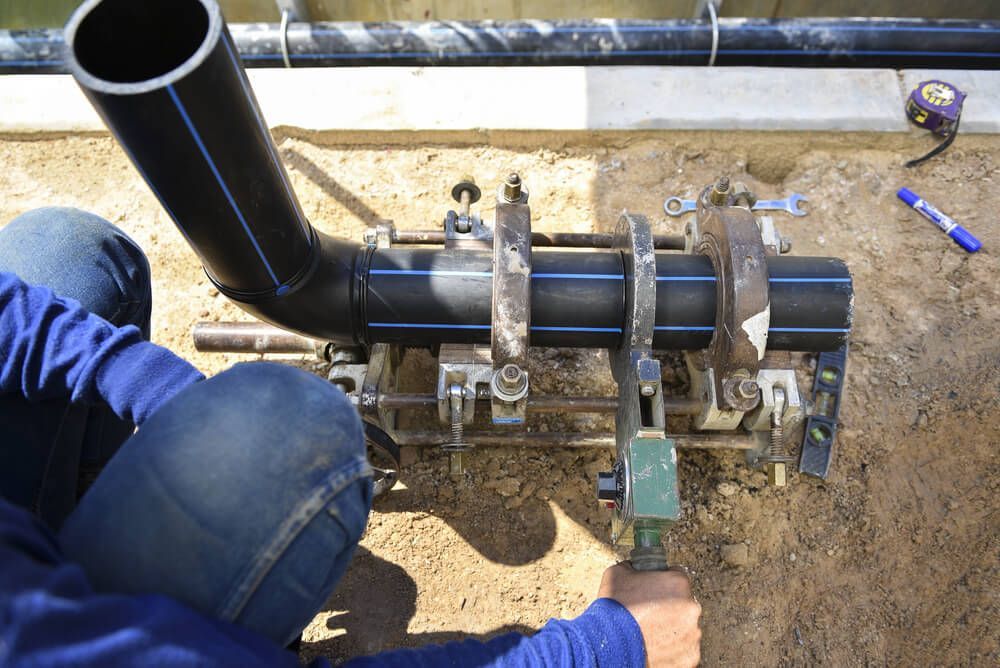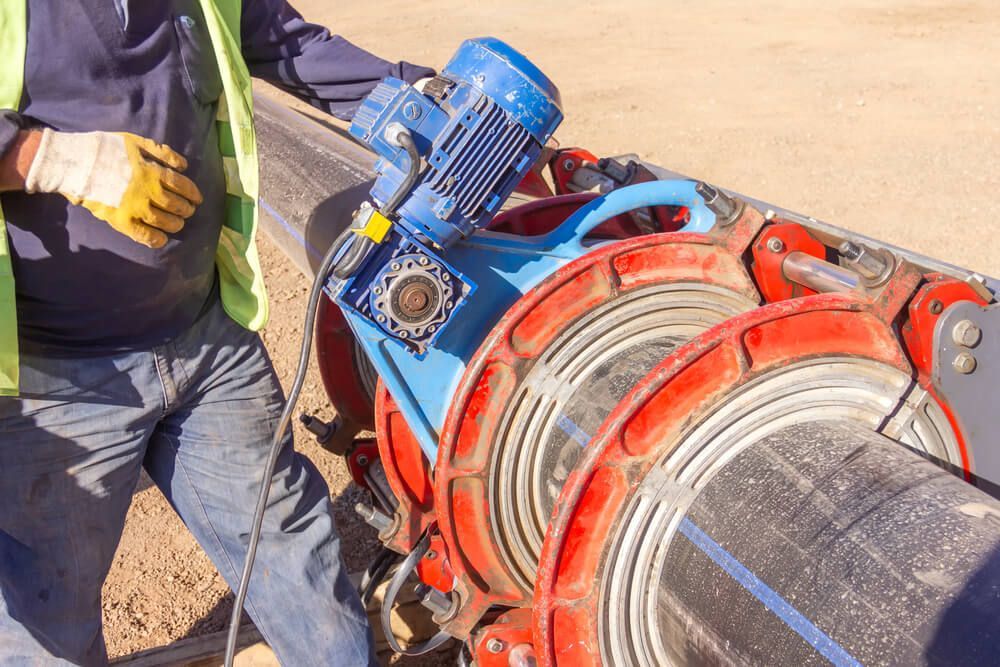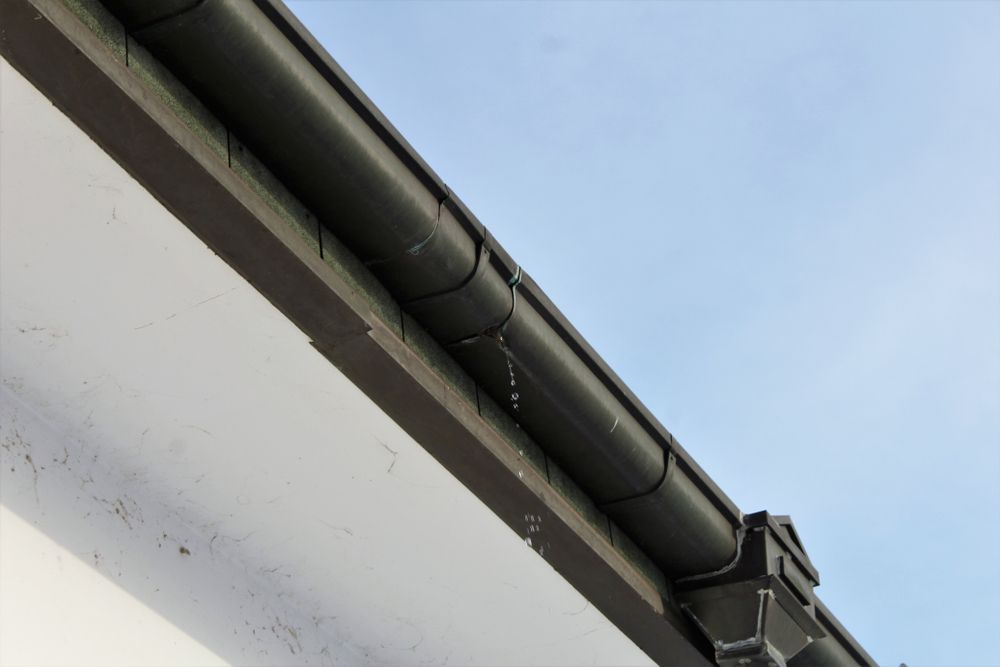PE Butt & Electro Welding in Tamworth
Precision Welding For Poly Pipe
Polyethylene (PE) pipes have revolutionised the world of plumbing, irrigation and fluid transportation. These versatile pipes offer excellent durability, corrosion resistance and flexibility, making them a preferred choice for many applications in agriculture, construction and industrial settings. However, to harness the full potential of PE pipes, it's crucial to get the jointing spot on!
Without precision jointing, there's a greater risk of leaks, root intrusion and other structural issues that will affect the performance and longevity of your system. That's why our team at ACS Plumbing offers professional electro welding and other coupling techniques for your PE pipes.
We service Tamworth, Gunnedah, Armidale, Narrabri, Quirindi and surrounding areas. Call
0408 614 531
today.
PE Jointing & Welding Techniques
Achieving a perfect joint with PE pipes requires precision, the right equipment and expertise. Here are the common methods used for jointing PE pipes:
Electrofusion Welding: Electrofusion welding uses specialised fittings with embedded heating elements to join PE pipes. When an electrical current is applied, the fittings melt the pipe ends, fusing them together. This method is versatile and suitable for various pipe sizes and applications.
Butt Fusion Welding: This method involves heating the ends of two PE pipes and then pressing them together to create a seamless joint. Butt fusion welding is ideal for pipes of the same diameter and is often used in applications requiring high-pressure resistance.
Socket Fusion Welding: Socket fusion welding is typically used for smaller diameter PE pipes. It involves heating the pipe and a matching socket fitting and then joining them by pressing them together.
Mechanical Couplings: Mechanical couplings provide a simpler way to join PE pipes by clamping them together with gaskets or seals to prevent leaks. While these couplings are easier to install, they typically don't offer the same level of strength and longevity as fusion welding methods.
Frequently Asked Questions
-
When would you choose electro welding over butt welding?
Choose electrofusion welding over butt welding when you have varying pipe sizes, complex joint configurations, limited access, need for precise control and data logging, on-site repairs, or non-standard materials. Electrofusion welding's versatility and flexibility make it ideal for these scenarios, while butt welding remains a reliable choice for same-diameter pipes in high-pressure applications. Base your selection on project-specific requirements and available equipment and expertise.
-
Are welded PE joints flexible?
Welded polyethylene (PE) joints can vary in flexibility. Butt fusion welding typically produces rigid joints, while electrofusion and socket fusion welding can result in relatively more flexible joints. PE pipes themselves are naturally flexible, but the flexibility of the joint depends on the welding method and specific conditions. Consider project requirements when choosing the welding method and joint design, keeping in mind the needed flexibility.
-
Are there any downsides to electro welding?
Electrofusion welding for PE pipes offers numerous benefits, but it has some drawbacks to consider. These include higher equipment costs, the need for skilled operators, compatibility concerns, complexity, reliance on electrical power, joint location constraints and ongoing maintenance. However, it remains a valuable method when precise control and strong, leak-resistant joints are essential and careful adherence to guidelines can mitigate many of these limitations. The choice of welding method should align with project requirements and conditions.







